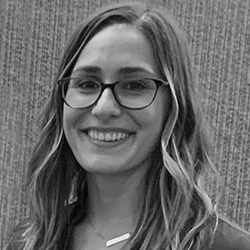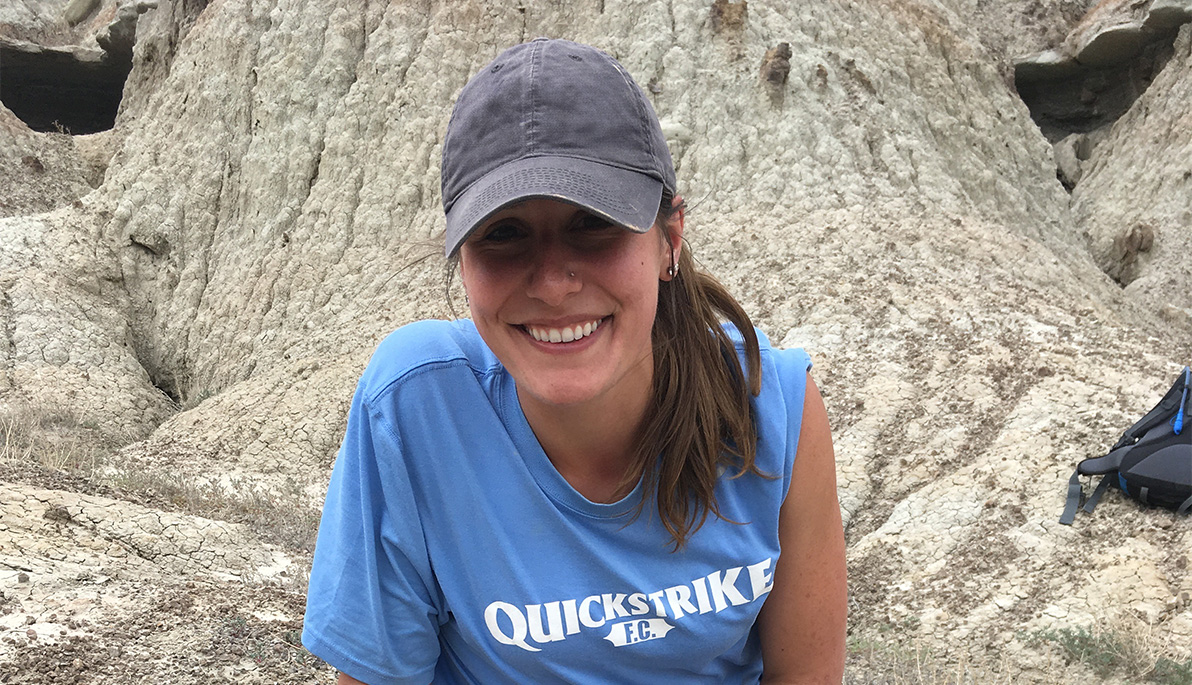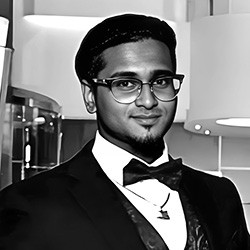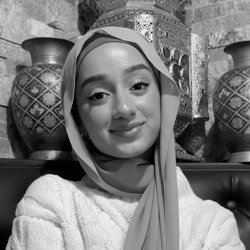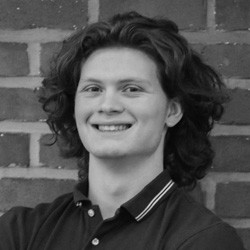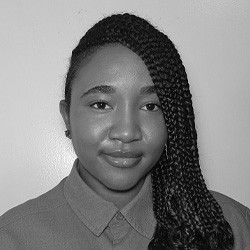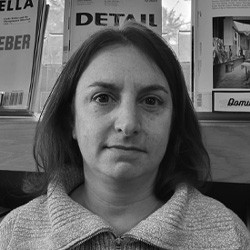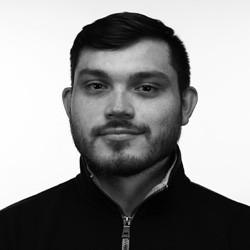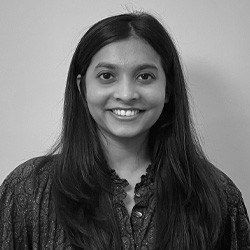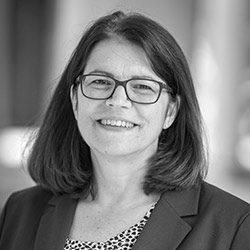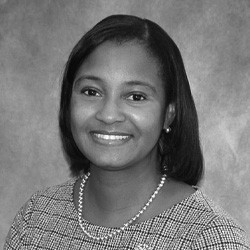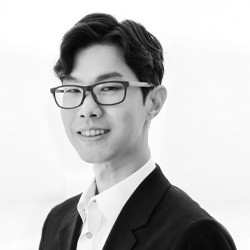Sinking Her Teeth Into Research
Kristen Skonieczny attributes some of her most gratifying experiences to the NYIT College of Osteopathic Medicine (NYITCOM) Academic Medicine Scholars Program. The program gave her many opportunities, including a fieldwork trip to the Bighorn Basin in Wyoming in June 2019 with Simone Hoffmann, Ph.D., assistant professor of anatomy in NYITCOM. She collected and analyzed bones and teeth from an ancient mammal, Coryphodon. “I would not have been fortunate enough to be a part of this research analysis, gain great mentors, and take a once in a lifetime trip to participate in fieldwork otherwise,” says Skonieczny. She sat down with The Box about to talk about her research and fieldwork experience.
Why did you choose NYITCOM?
I chose NYITCOM because of its excellent reputation, great location, and the positive experiences shared with me by alumni.
Can you tell us about your fieldwork in Montana with Assistant Professor Simone Hoffman?
I met with her and several undergraduate students from all over the country who were part of the Keck Geology Consortium Program. The team was interested in collecting and analyzing fossils from the Coryphodon. The teeth and long bones possess preserved annual growth lines similar to tree rings and therefore can allow us to estimate specimen age. It can also clue us in to other parameters such as rate of growth and body mass.
We spent several days traveling to the Bighorn Basin in Wyoming to do fieldwork. Here we scanned the land for evidence of fossils, collected samples, and took geographic coordinates for locality. Afterwards, we traveled to the Yellowstone Bighorn Research Association in Red Lodge, Mont., where we spent time in the classroom, cataloging and sorting our samples, and piecing fragments back together. I had the opportunity to give a lecture to the students on the cementum analysis of teeth and was able to learn a lot regarding the basics of geology and paleontology while working side by side with them.
What are you currently researching in regards to the fossil teeth discovered?
My particular area of involvement in this project is looking at the annual growth lines in the cementum of Coryphodon teeth using our micro-CT scan here at the medical school. We are scanning multiple specimens of canines, molars, and incisors with the micro-CT. With these images, we can make 3-D reconstructions of our data that allow us to scroll through multiple levels and sections of each tooth. We look for the cementum lines and trace them in multiple planes and sections along the teeth. We are currently in the process of comparing our results to that of bone histology, the current gold standard for analyzing such data. Exploring the utility of this micro-CT scan technology in regards to cementum is currently my main area of focus. Future projects will involve using the micro-CT scanner to analyze growth lines in the long bones of Coryphodon.
What do you hope to discover?
My goal is to investigate how micro-CT compares to histology in terms of cementum line visualization. We are still in the process of gathering and comparing data, but to date we have seen quite a mix of results. In some cases, the micro-CT outperforms the histology. While in other cases, the histology outperforms the micro-CT. We have also gotten comparable data using both methods. We think there may be some variation in sample preservation and fossilization that may account for such disparity. It may also be that we need higher resolution images to visualize the cementum more clearly on the micro-CT.
How has this experience helped your growth personally and professionally?
This experience has allowed me to step out of my comfort zone and try something new. I have learned how to better adapt to unfamiliar situations, which I believe will help me in the future as a surgeon. Trying new things, working with new people, and learning new skills are all practical aspects of being a surgeon and physician.
